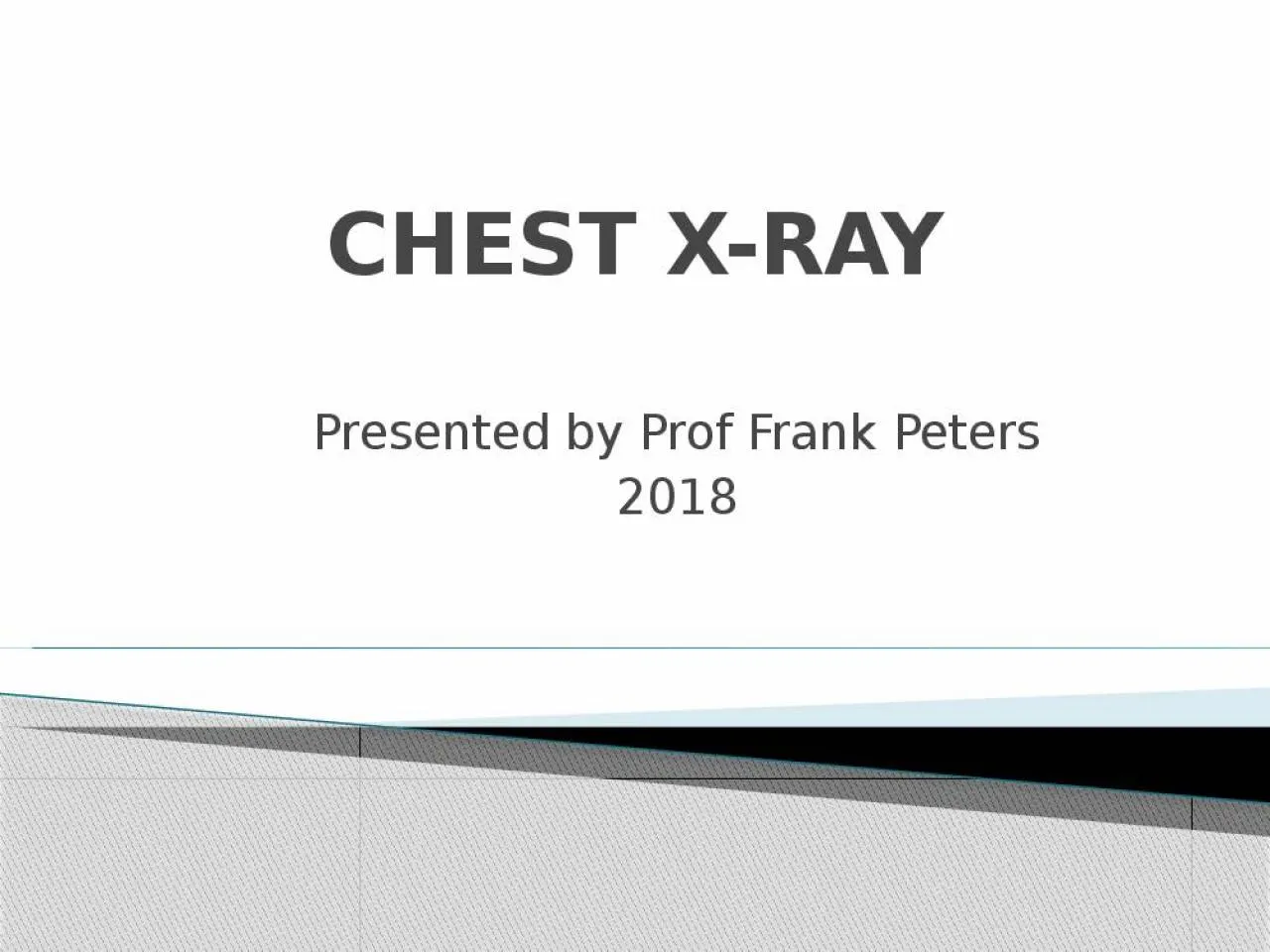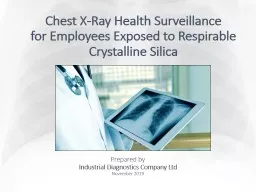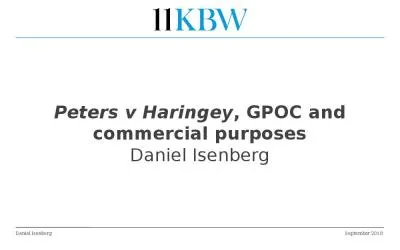PPT-CHEST X-RAY Presented by Prof Frank Peters
Author : okelly | Published Date : 2022-02-15
2018 Chest XRay is one of the most frequently requested hospital investigations It is readily available and inexpensive in comparison to other imaging studies The
Presentation Embed Code
Download Presentation
Download Presentation The PPT/PDF document "CHEST X-RAY Presented by Prof Frank Pete..." is the property of its rightful owner. Permission is granted to download and print the materials on this website for personal, non-commercial use only, and to display it on your personal computer provided you do not modify the materials and that you retain all copyright notices contained in the materials. By downloading content from our website, you accept the terms of this agreement.
CHEST X-RAY Presented by Prof Frank Peters: Transcript
Download Rules Of Document
"CHEST X-RAY Presented by Prof Frank Peters"The content belongs to its owner. You may download and print it for personal use, without modification, and keep all copyright notices. By downloading, you agree to these terms.
Related Documents














